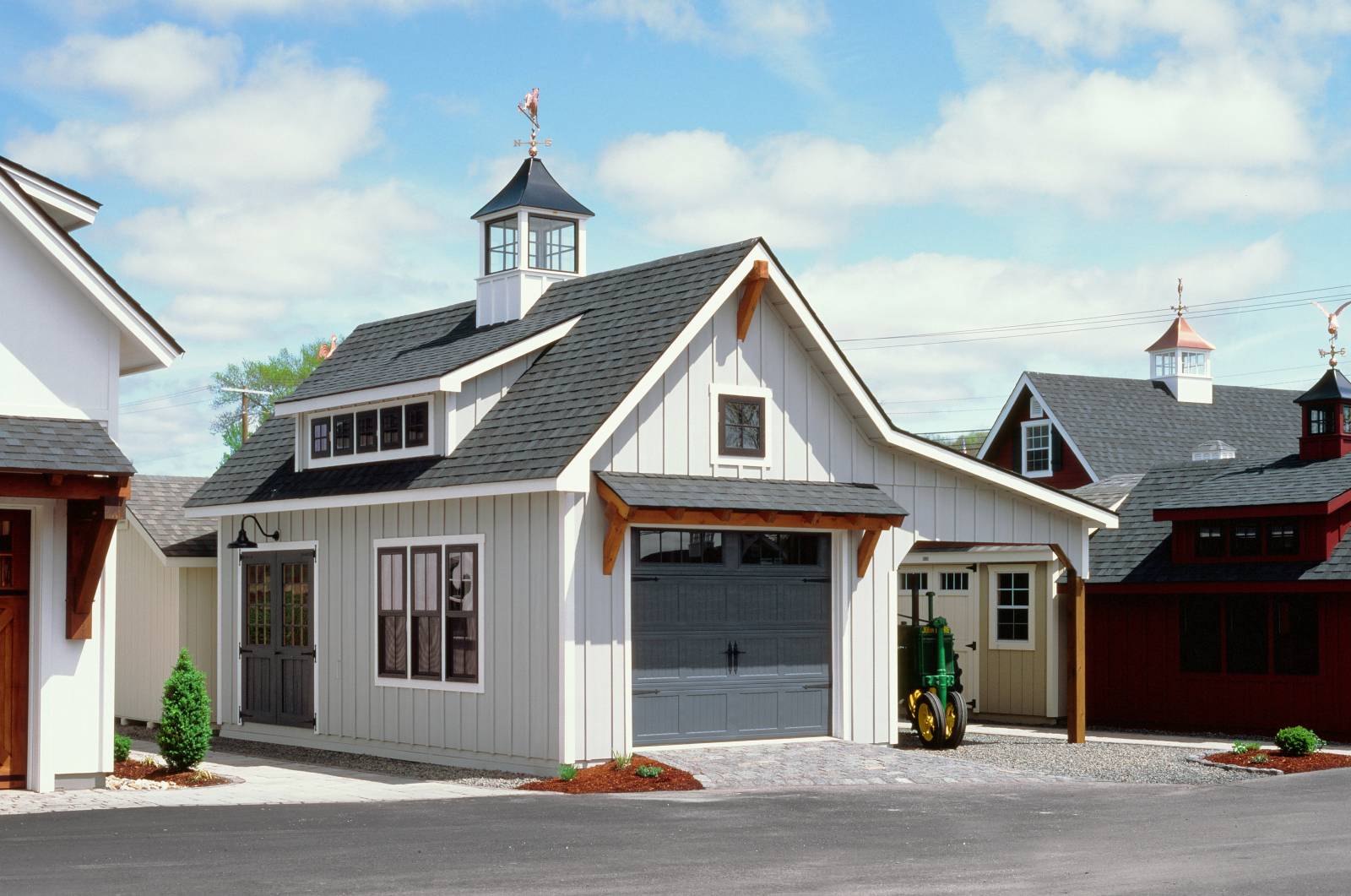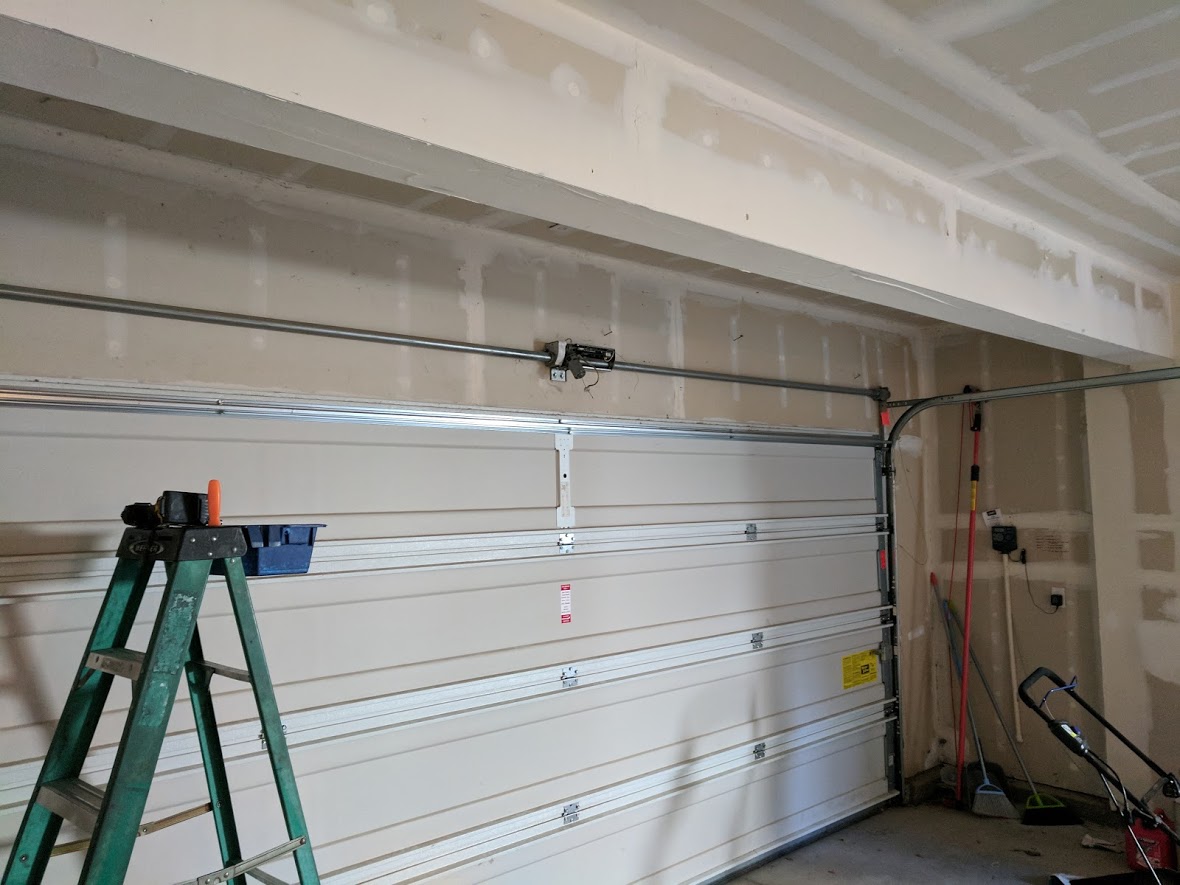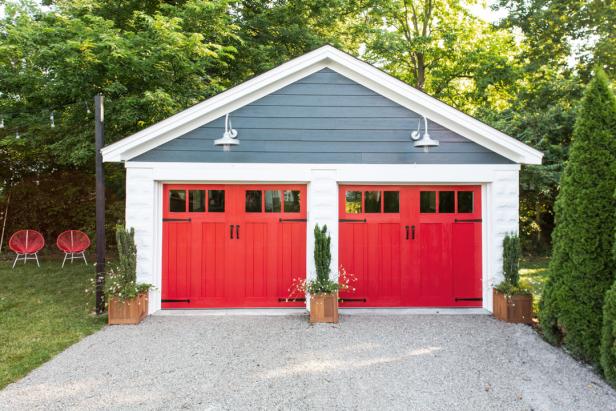
Plans for an attached garage can be used to create a new home or add to your property. These garage designs are available in many architectural styles, including modern and rustic. Many also offer the option of an additional living space, making them perfect for adding a second story to your home.
Attached garage plan: The right size to meet your needs and budget
A garage can be built in any size you like. You can decide how many cars you want to park there and what type of storage space you need. You'll also need to decide if you want it to be connected to your house, or a detached structure on its own.
You should also consider the materials that you will use to build your garage. There are many different materials to choose from, such as wood and metal. Every material has its pros, and each one is different. Before you start building, it's important that you understand your needs.

Garage Addition Design: Adding a garage to your home is a great way to increase its value and enhance the property's appeal. This is a great way for you to create extra space, such as an office or private gym.
This plan (plan 116-994) from Etsy seller SinelHousePlans is a good choice for those with smaller yards who aren't looking to build a two-story garage. This plan features a 22-foot by 24-foot garage that can accommodate up to two standard vehicles. Additionally, it has a mudroom or breezeway that connects it with your home.
Garage Extension Design - The first step in building a garage addition to your home is to get your plans approved by the local building official. The official will inspect and verify that the plans comply with all applicable building codes. This can be time-consuming, but it's worth it for your peace of mind.
You will need to hire a contractor to make sure that the garage meets your needs. It's also a good idea to get a cost estimate before you go ahead with the project.

You need to consider many things when adding a garage to your home. This will avoid costly mistakes down the line.
Also, consider where and how you will place shelves. It can make all the difference in how you use your garage. Installing a table and other items in your garage will require plenty of space. It is best to plan this ahead.
An extension to a garage can be a good option for people with tight budgets who don't have enough time or are unable to do the work themselves. It is also a great option for people who have family members who live with them or need additional space.
FAQ
What order should you renovate your house?
First, the roof. The plumbing follows. The third is the electrical wiring. Fourth, walls. Fifth, the floor. Sixth, are the windows. Seventh, doors. Eighth, is the kitchen. Ninth, the bathrooms. Tenth, the garage.
Finally, after all this work is done, you'll have everything you need to get into the attic.
You might consider hiring someone who is skilled in renovating your house. Renovating your own house takes time, effort, and patience. And it will take money too. You don't need to put in the effort or pay the money.
Renovations aren't cheap, but they can save you tons of money in the long run. You will enjoy a more peaceful life if you have a beautiful house.
How long does it usually take to remodel your bathroom?
It usually takes two weeks to remodel a bathroom. This can vary depending on how large the job is. You can complete smaller jobs like adding a sink or vanity in a few days. Larger projects such as removing walls, laying tile floors, or installing plumbing fixtures may require several days.
Three days is the best rule of thumb for any room. This means that if there are four bathrooms, you will need 12 days.
What should I do with my current cabinets?
It depends on whether you're considering selling your home or renting it out. You'll need to remove the cabinets and refinish them if you plan to sell. This gives buyers the illusion of brand-new cabinets and helps them visualize their kitchens after they have moved in.
The cabinets should be left alone if you intend to rent your home. Many tenants complain about cleaning up after their previous tenants, including greasy fingerprints and dirty dishes.
You might also think about painting your cabinets to make them appear newer. Use a high-quality primer. Low-quality paints can become brittle over time.
How much would it take to gut a house and how much to build a brand new one?
Gutting a home removes everything inside a building, including walls, floors, ceilings, plumbing, electrical wiring, appliances, fixtures, etc. It is often done when you are moving to a new location and wish to make some improvements before you move in. Because of the many items involved in gutting a house, it is usually very costly. Depending on what job you do, the average cost for gutting a house is $10,000 to $20,000
The process of building a home involves the construction of a house from one frame to another. Next, the builder adds walls, flooring and roofing. This usually happens after you have purchased lots of lands. It is usually cheaper than gutting a house and will cost around $15,000 to $30,000.
It comes down to your needs and what you are looking to do with the space. You will probably have to spend more to gut a house. However, if you want to build a home, you won't have to worry about ripping everything apart and redoing everything. You can build it the way you want it instead of waiting for someone else to come in and tear everything up.
Remodeling a kitchen or bathroom is more expensive.
Remodeling your bathroom or kitchen is expensive. It might be more cost-effective to upgrade your home than you think, given how much you spend each month on energy bills.
It is possible to save thousands every year with a simple upgrade. A few small changes, such adding insulation to walls or ceilings, can cut down on heating and cooling costs. Even a small addition can increase comfort and resale values.
When planning for renovations, it is important to select durable and easy-to-maintain products. Materials like porcelain tile, solid wood flooring, and stainless-steel appliances will last longer and need fewer repairs than vinyl countertops.
Altering old fixtures can also help reduce utility bills. By installing low-flow faucets, you can lower your water usage up to half a percent. Compact fluorescent bulbs can be replaced with inefficient lighting to reduce electricity consumption by as much as 75 percent.
Why remodel my house when I could buy a new home?
Although houses are getting cheaper each year, you still have to pay the same amount for the same square footage. You will pay more for the extra square footage, even though you might get more bang for you buck.
It is less expensive to maintain a house that does not require much maintenance.
Remodeling can save you thousands over buying a new house.
Remodeling your home can make it more comfortable and suit your needs. Your home can be made more inviting for you and the family.
Statistics
- According to a survey of renovations in the top 50 U.S. metro cities by Houzz, people spend $15,000 on average per renovation project. (rocketmortgage.com)
- About 33 percent of people report renovating their primary bedroom to increase livability and overall function. (rocketmortgage.com)
- 5%Roof2 – 4%Standard Bedroom1 – 3% (rocketmortgage.com)
- Attic or basement 10 – 15% (rocketmortgage.com)
- bathroom5%Siding3 – 5%Windows3 – 4%Patio or backyard2 – (rocketmortgage.com)
External Links
How To
How to Remove Tile Grout from Floor Tiles
Tile grouting is something that most people don't even know they have. It is used to seal joints between tiles. There are many kinds of grout on the market today. Each type serves a specific purpose. Here we will show you how to remove tile grout from floor tiles.
-
First, you must ensure you have all the tools needed before starting this process. It would be best if you had a grout cutter, a grout scraper, and some rags.
-
Now you must clean any dirt or debris under the tile. You can use the grout cutter to remove grout from the tiles and scrape off any remaining pieces. It is important not to damage tiles.
-
After everything is cleaned up, use the grout scraper for any remaining grout. Step 4 can be completed if you have no grout.
-
After you have done all the cleaning, you can move on to the next step. Take one of the rags and soak it in water. Make sure the rag is fully wet. When the rag has become soaked, wring it out, so that excess water stays inside the rag.
-
The wet rag should be placed on the joint between the tile and the wall. Keep the rag in place until the grout starts to separate. Slowly pull the rag toward you, and keep pulling back and forth until all of the grout is gone.
-
Repeat steps 4 to 5 until grout is gone. Rinse the ragout, and repeat the process if needed.
-
After you have removed grout, dry the tiles by wiping them with a damp cloth. Let dry completely.